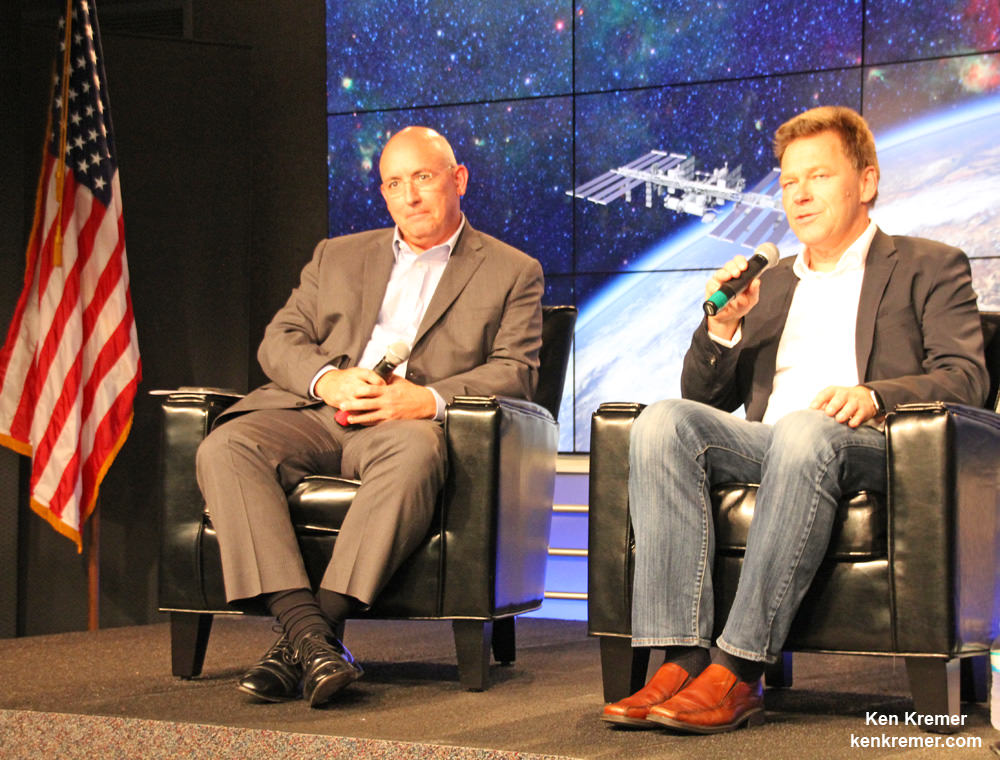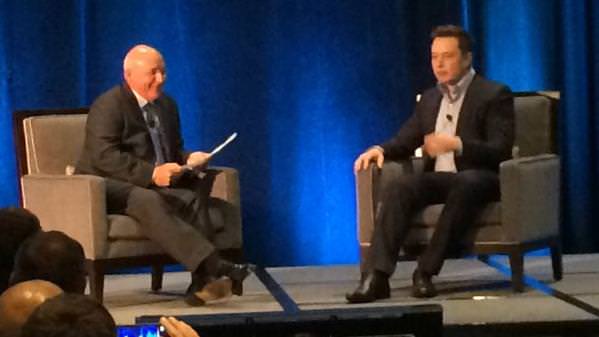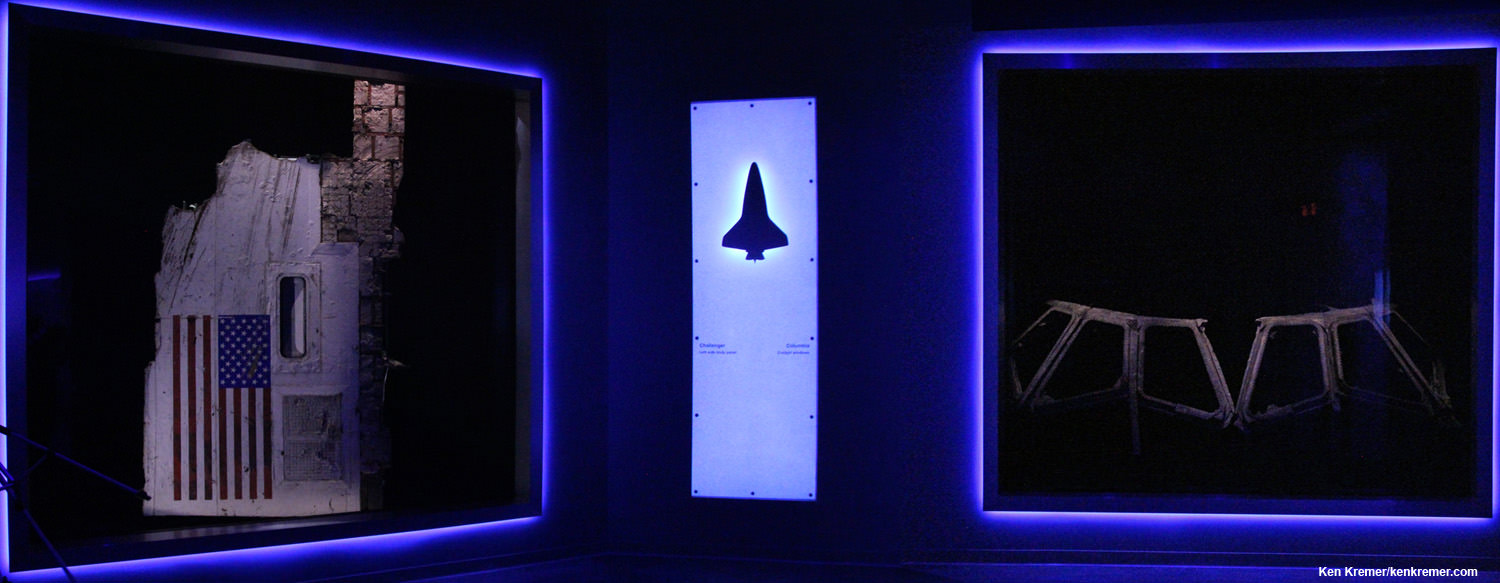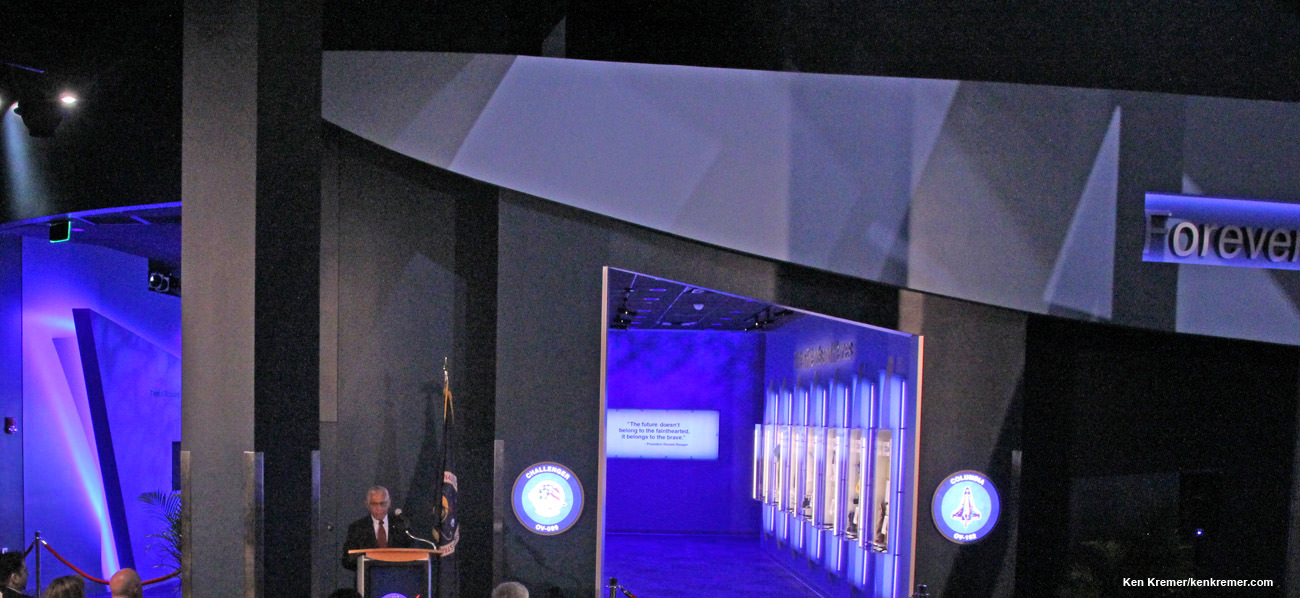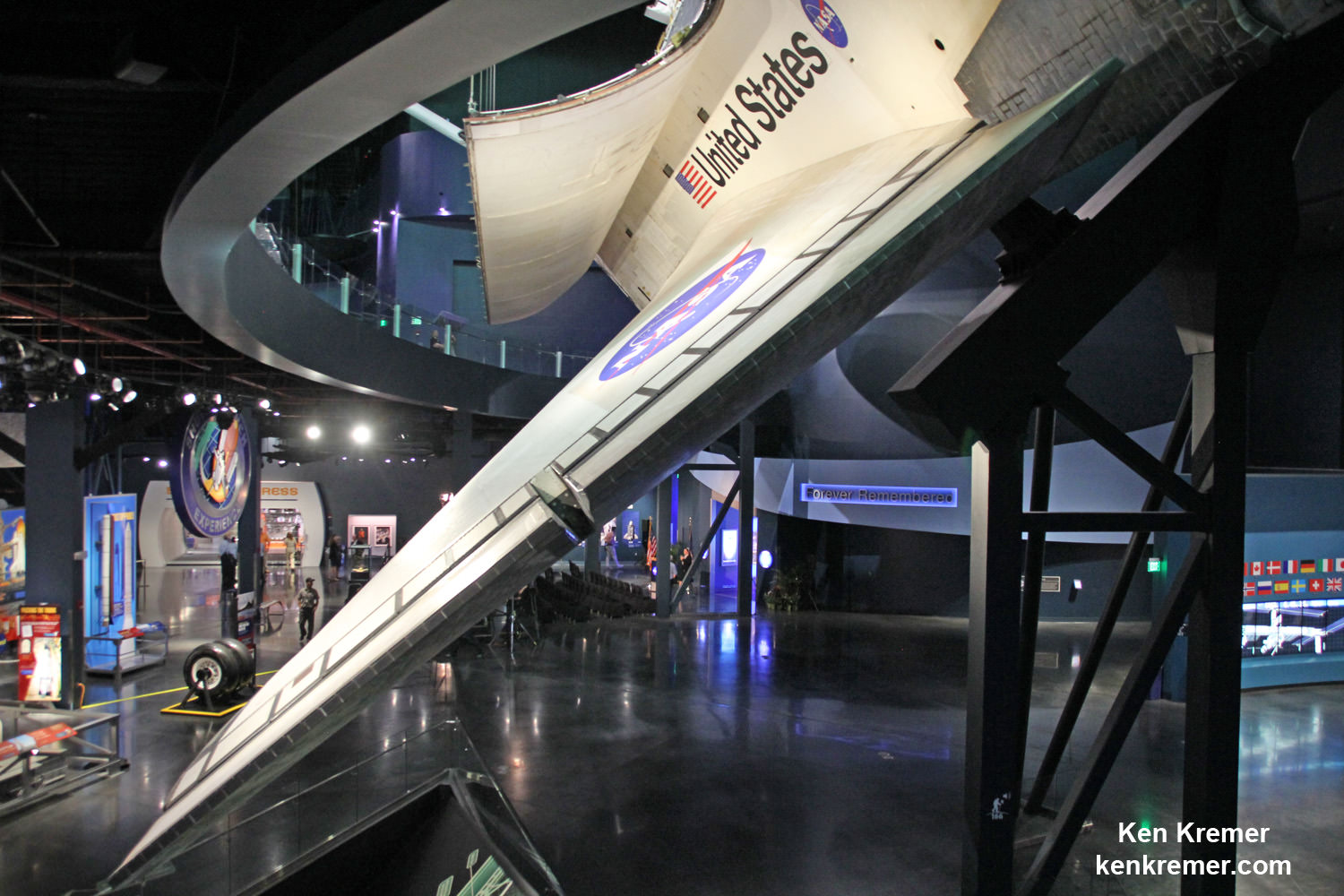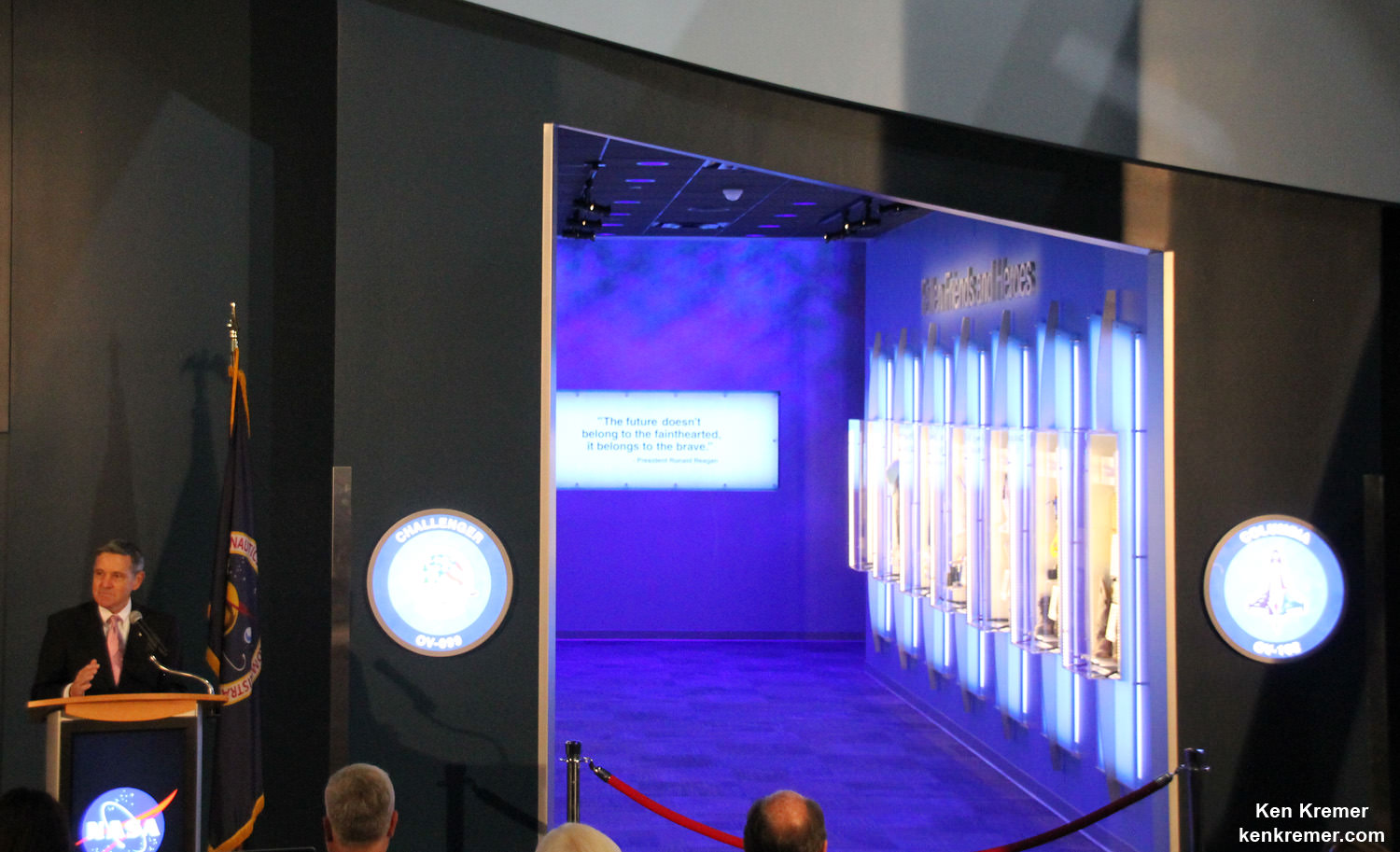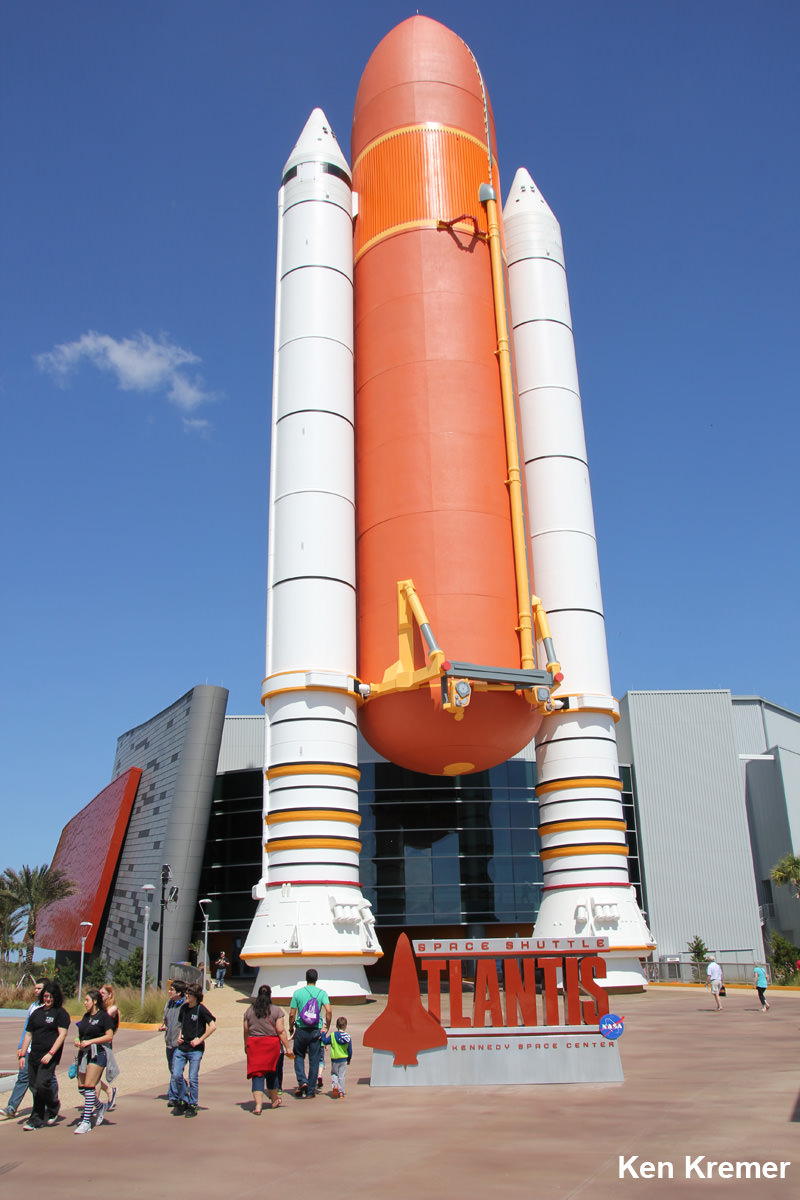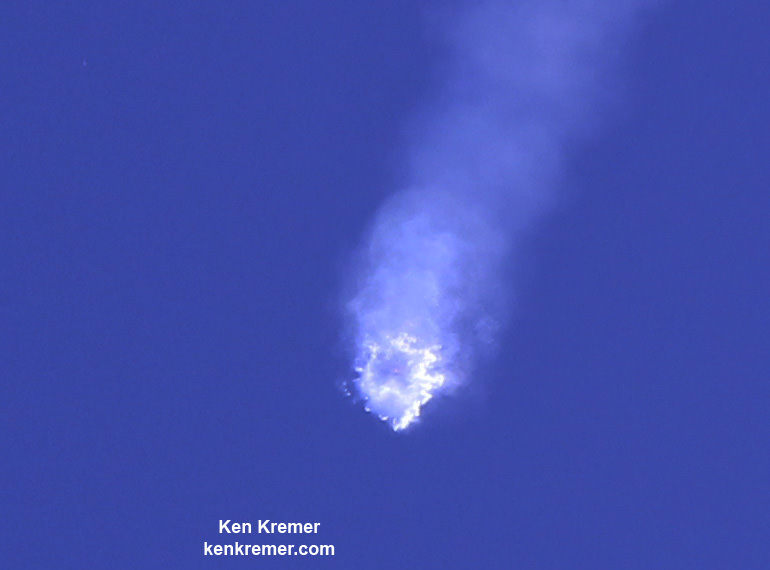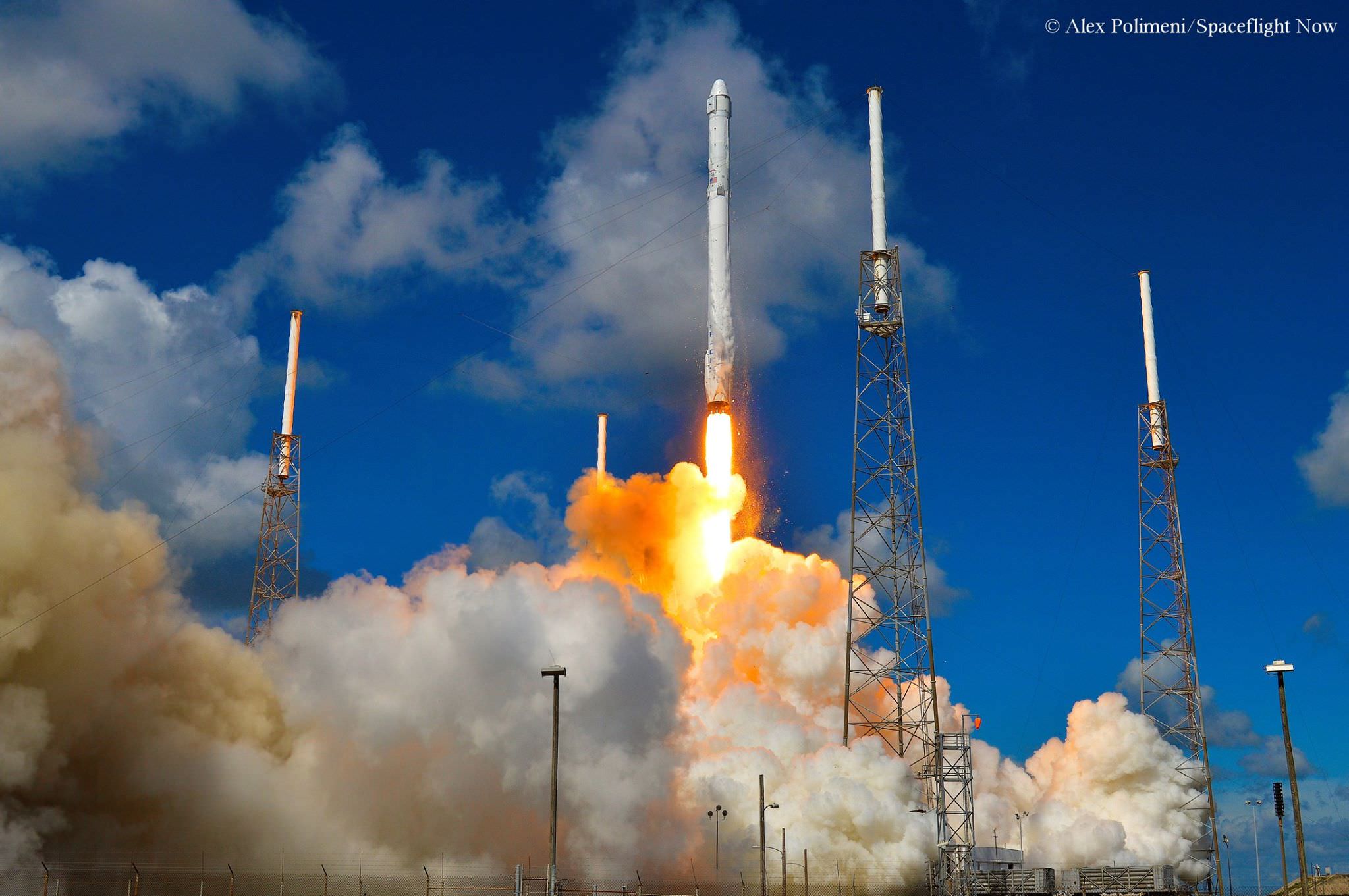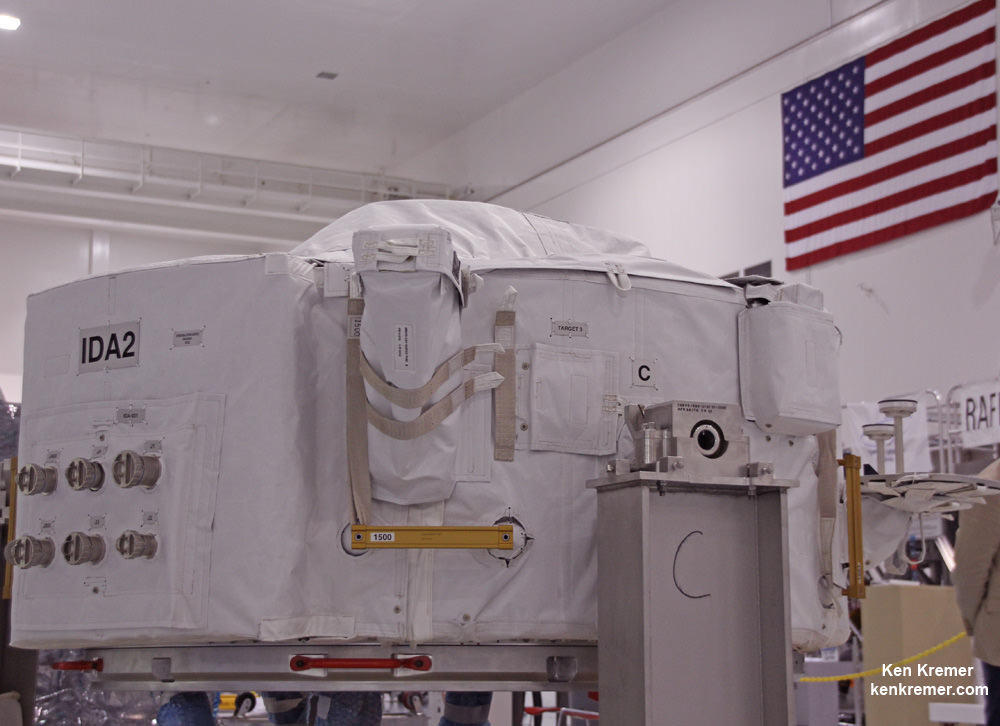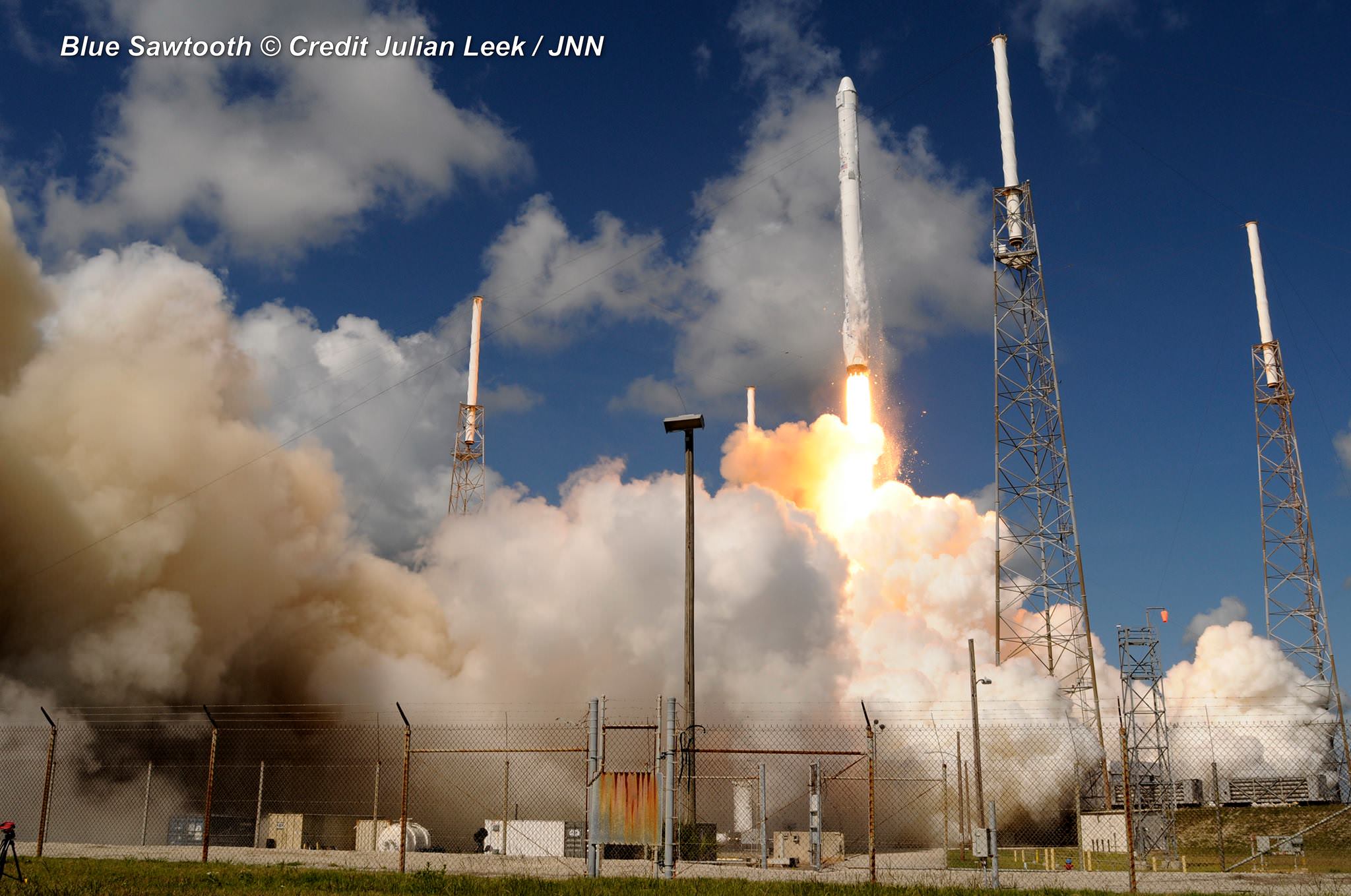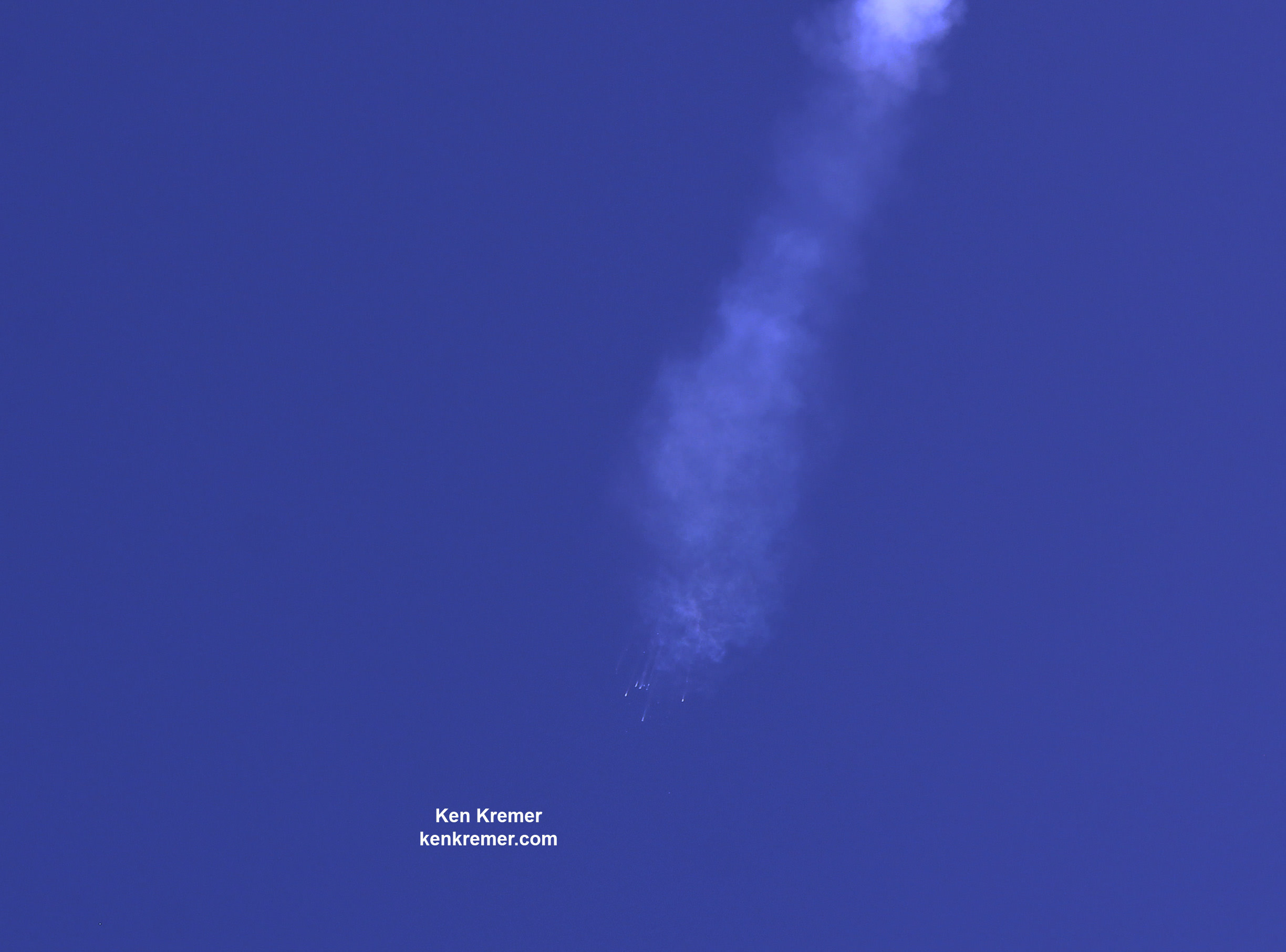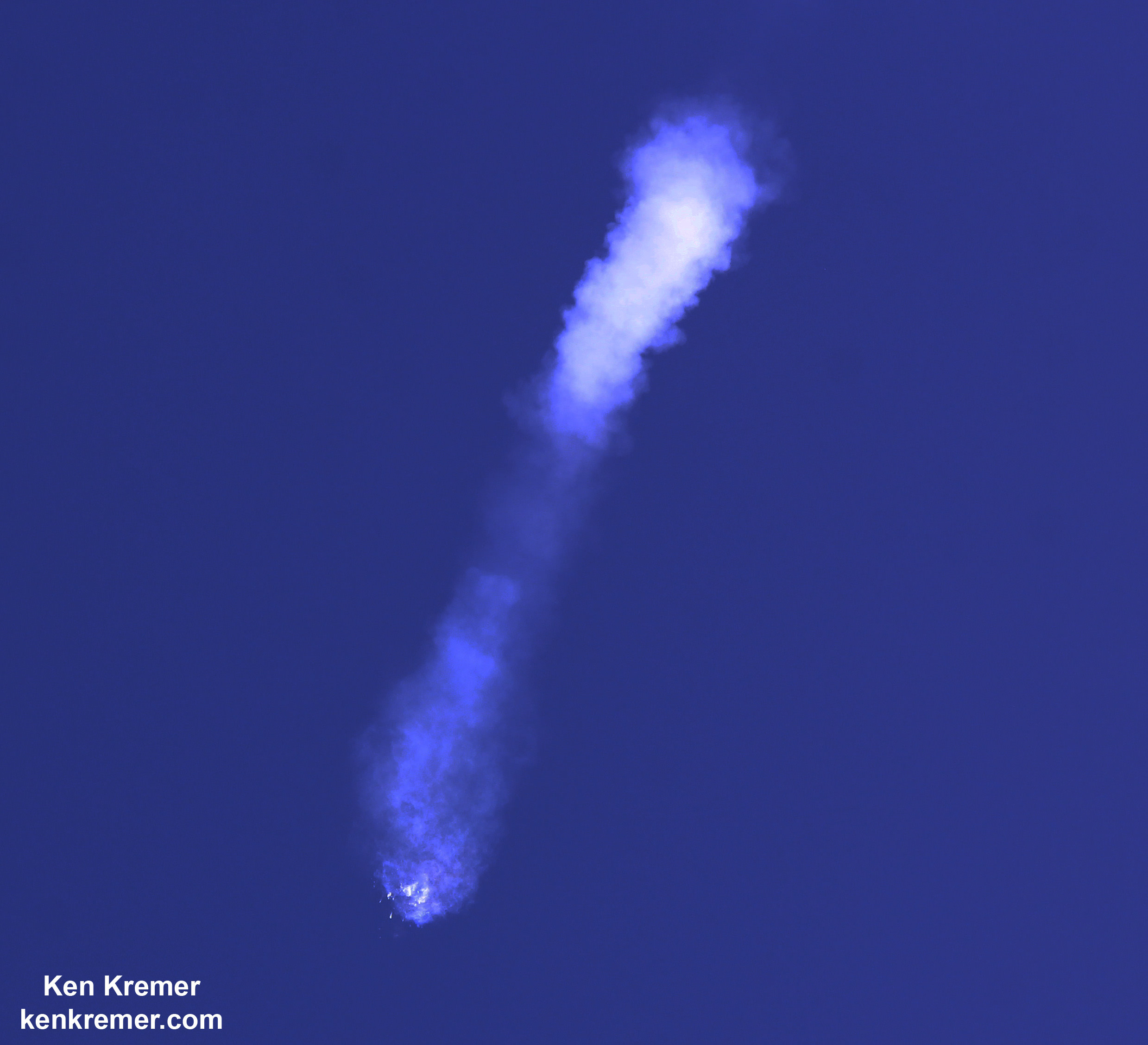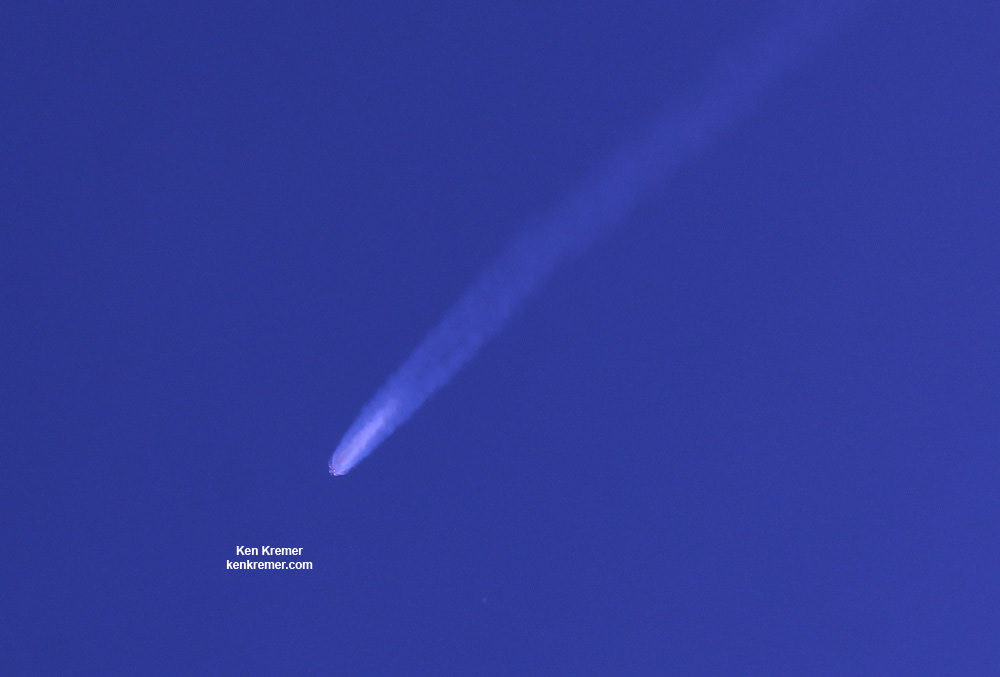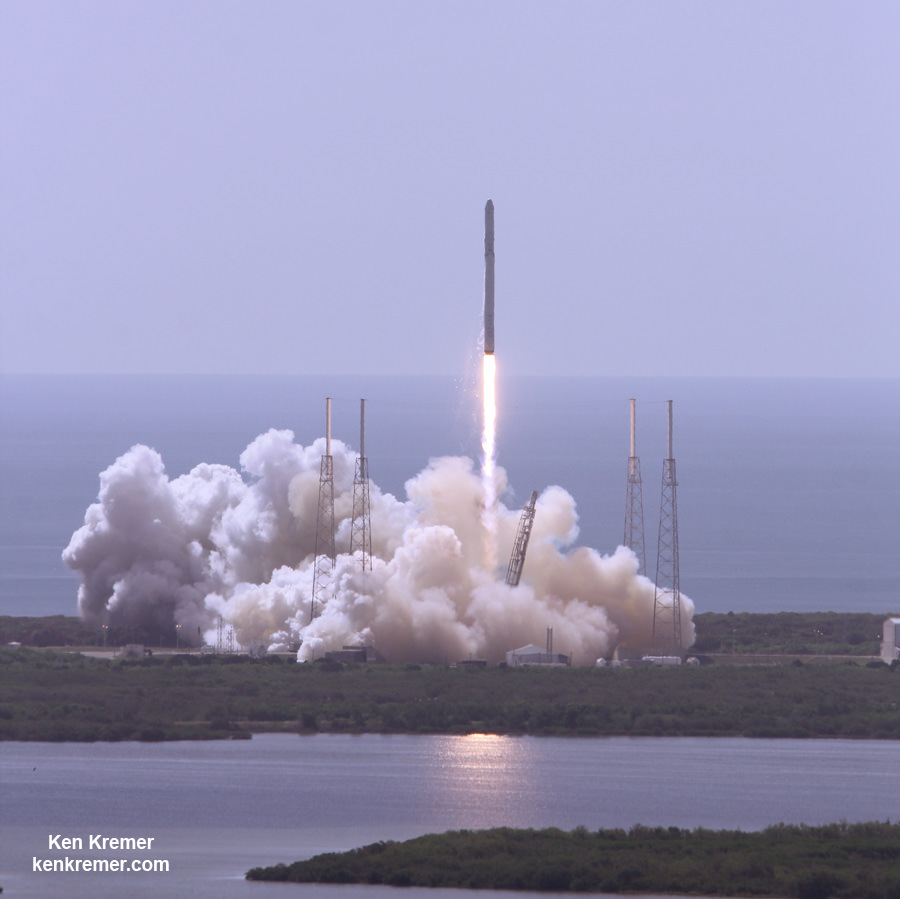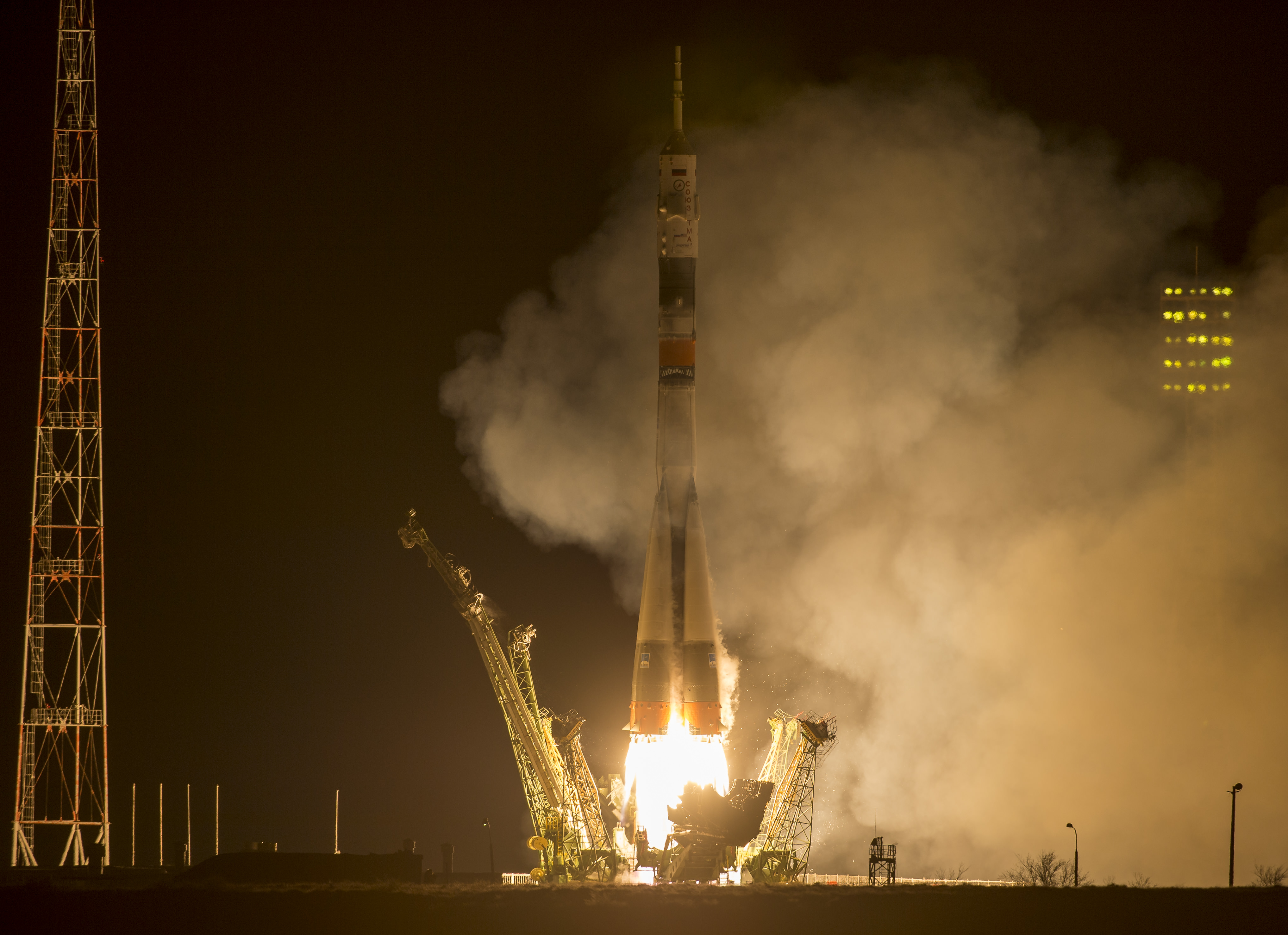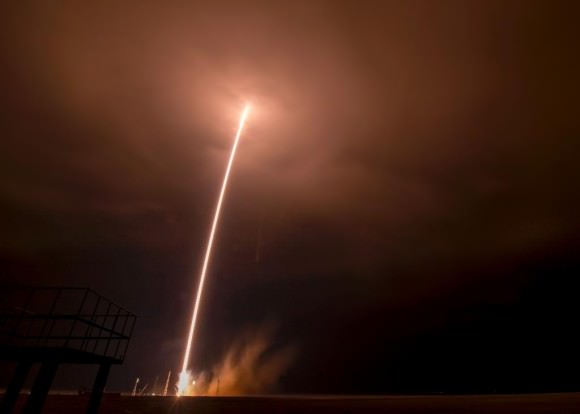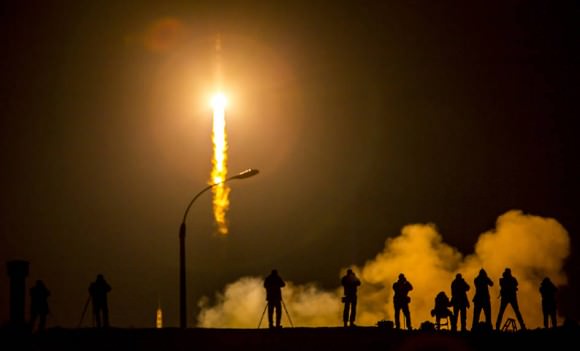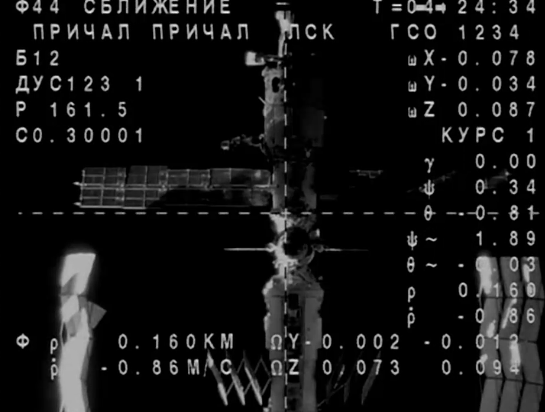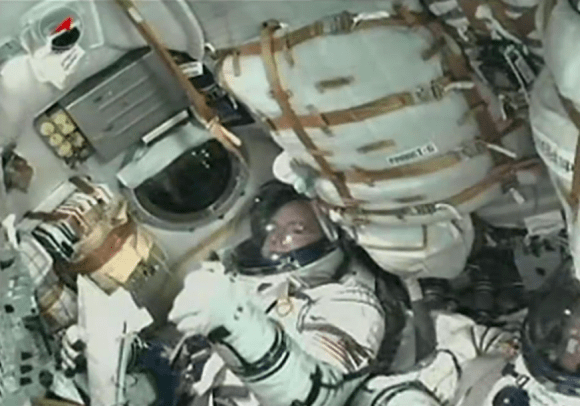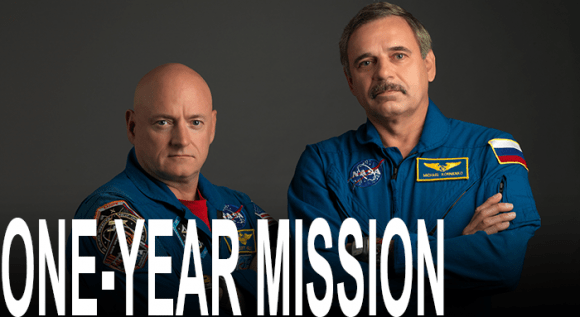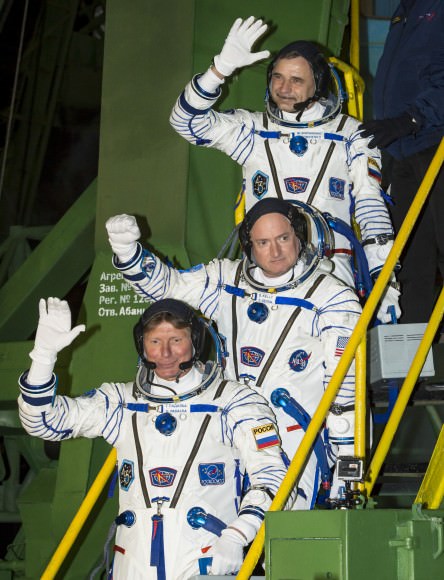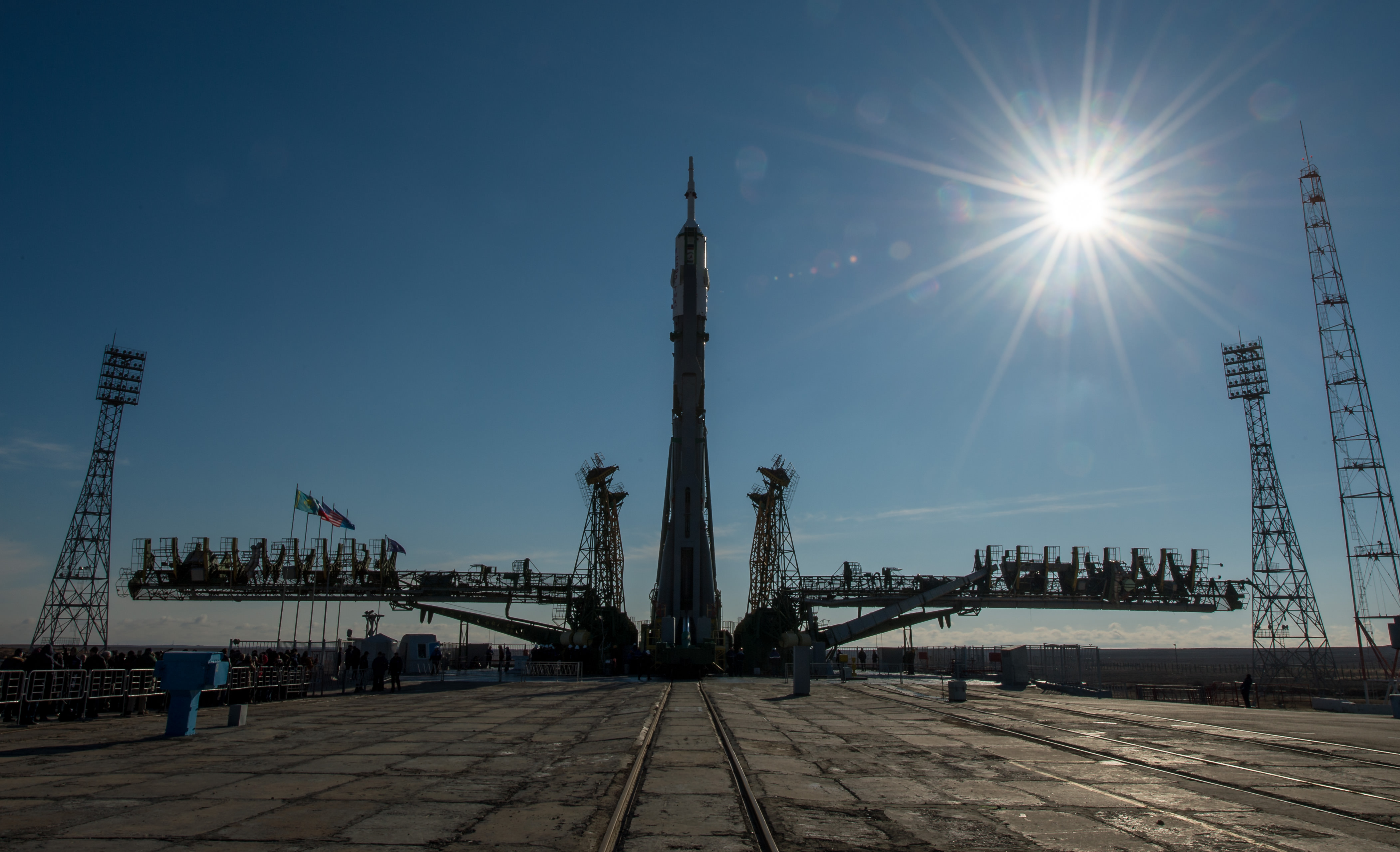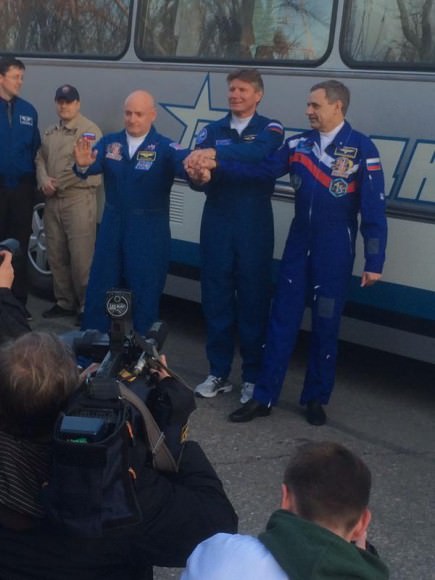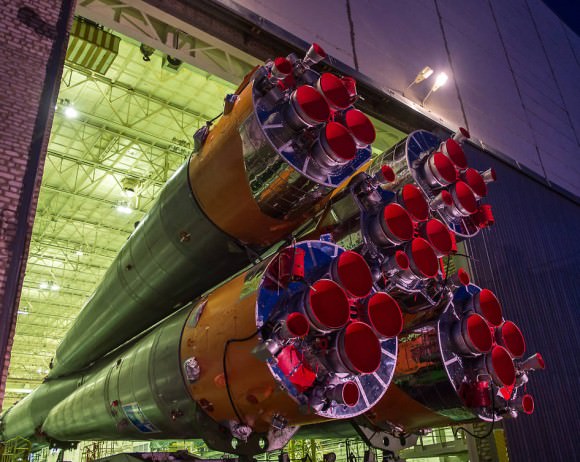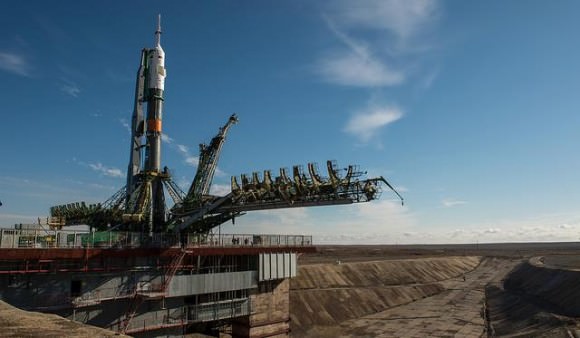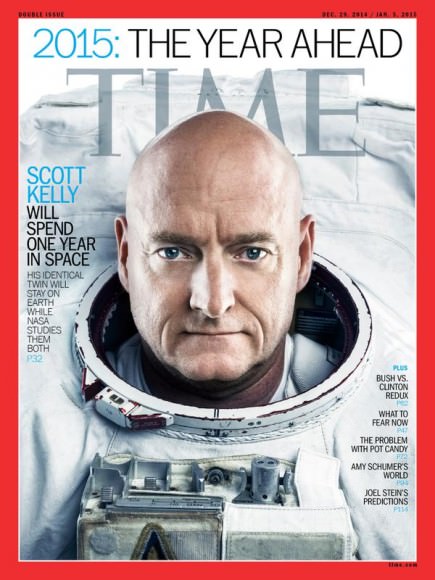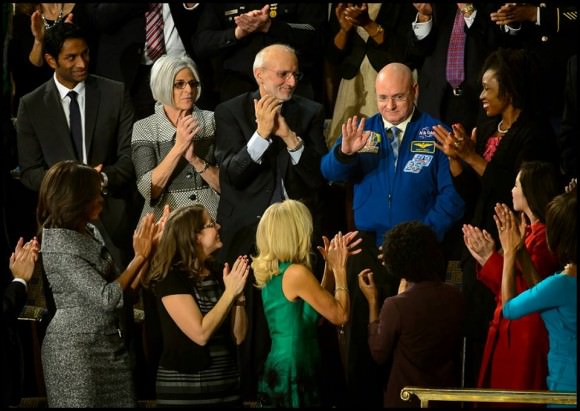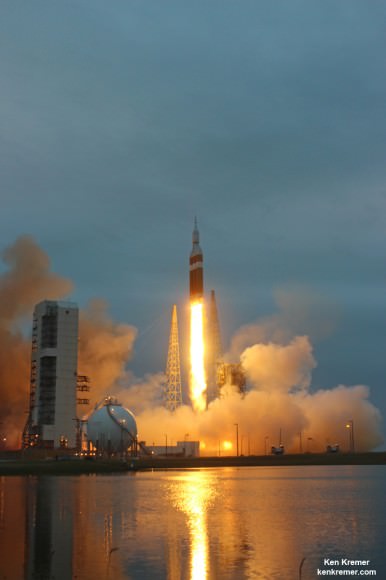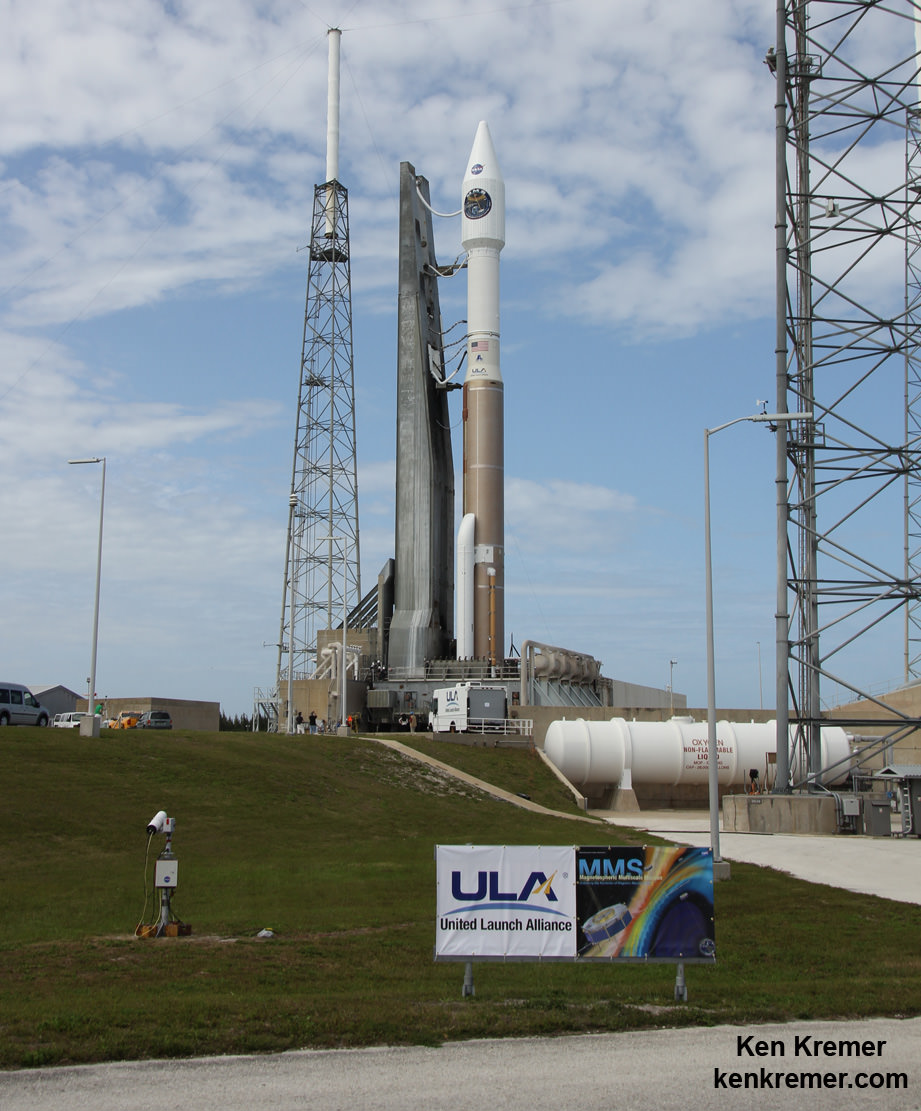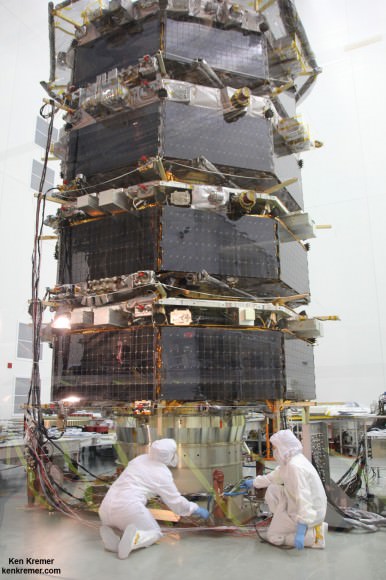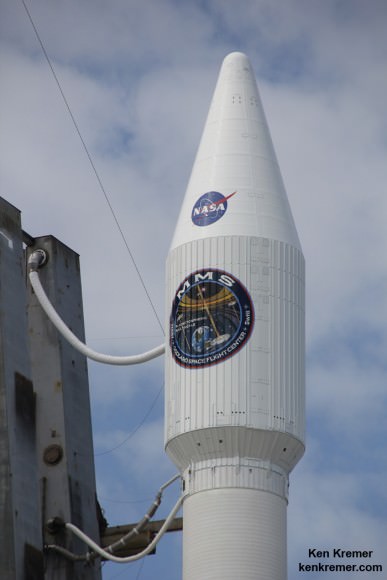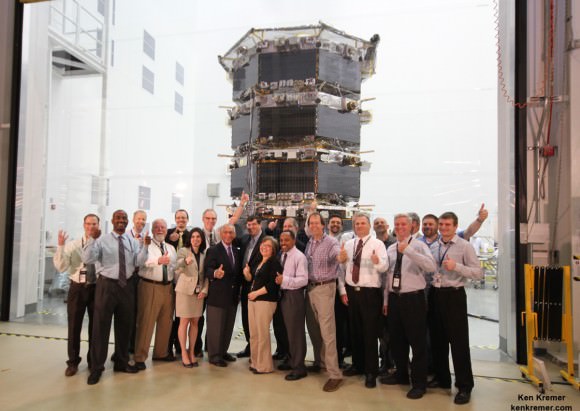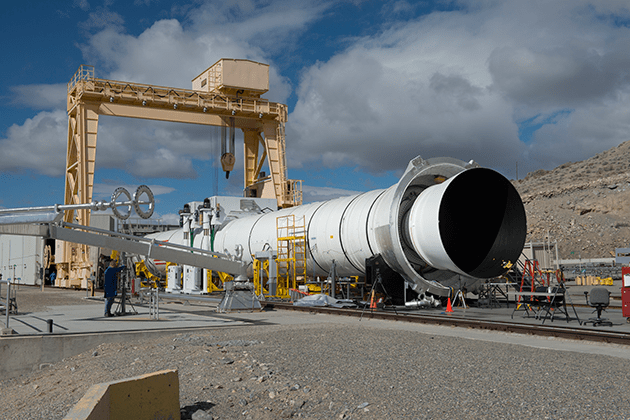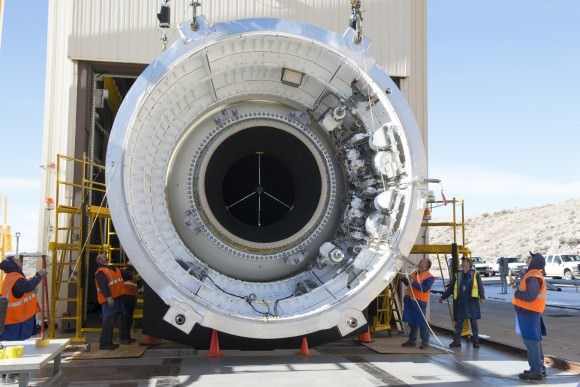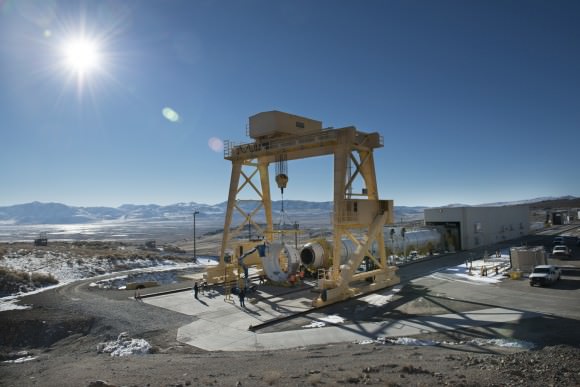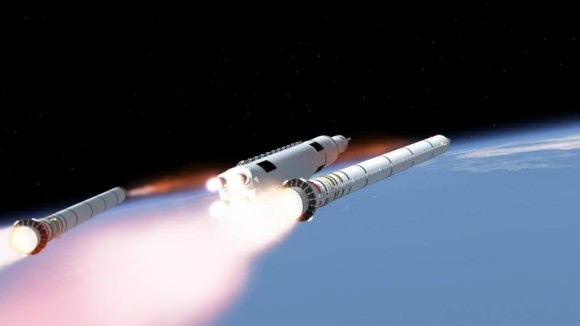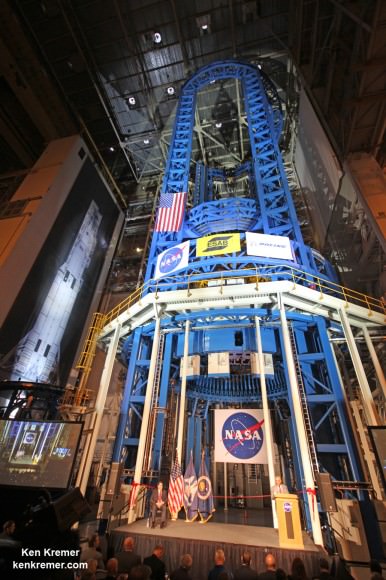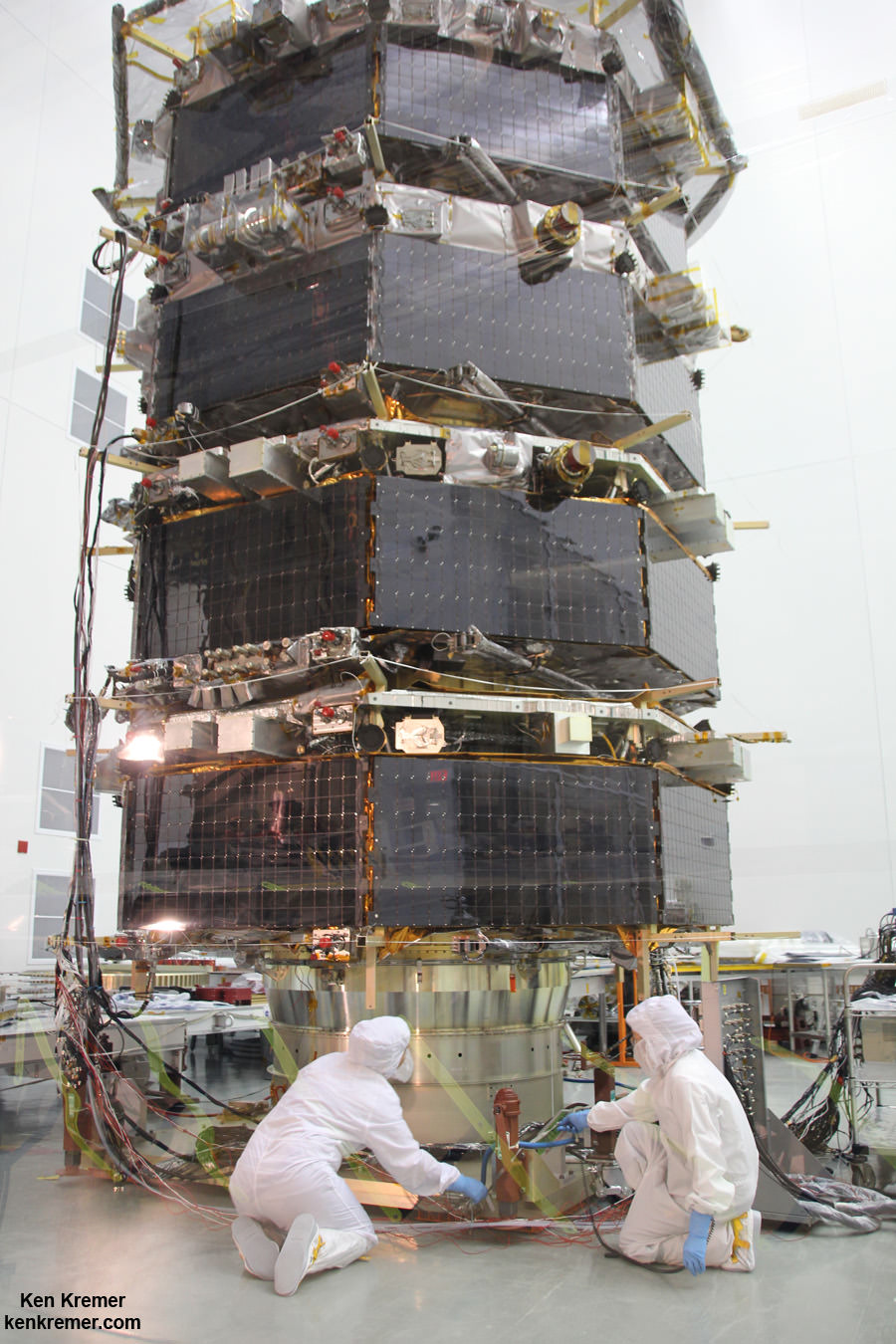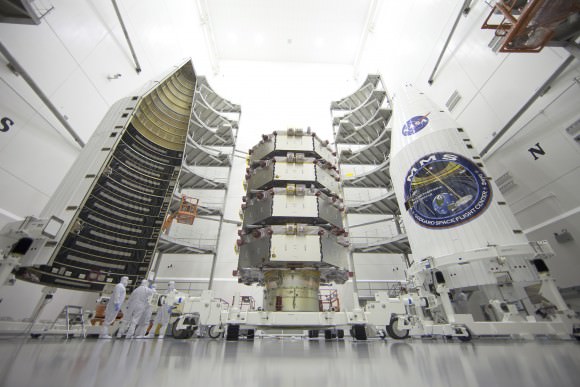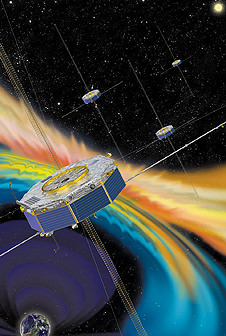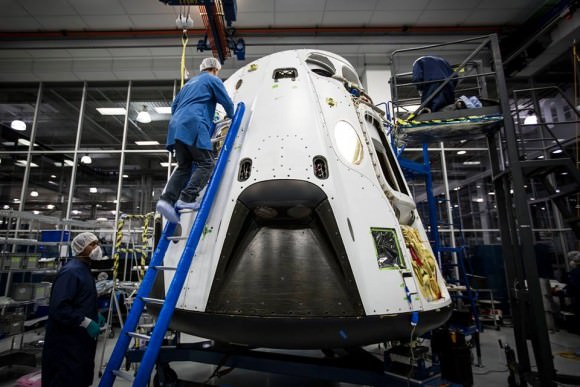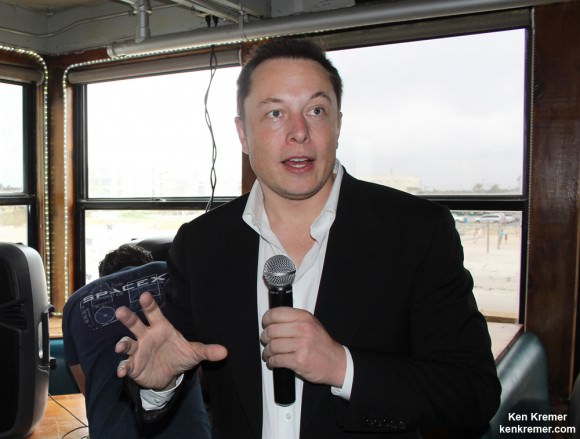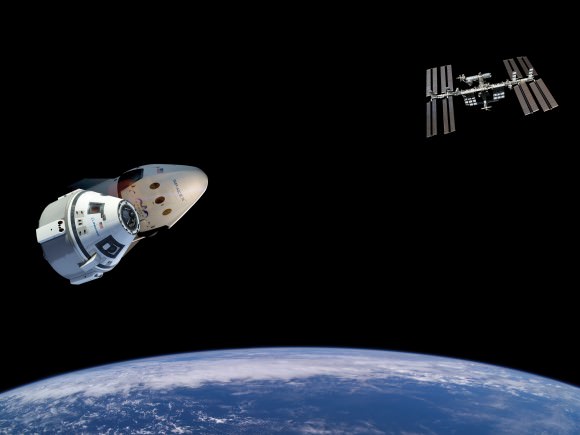In his first public comments since the surprise disintegration of the commercial SpaceX Falcon 9 rocket some two minutes after last week’s liftoff on June 28, SpaceX CEO Elon Musk said today (July 7) that the launch failure was a “huge blow” to his company and the cause remains elusive and is under intense investigation.
“The accident was a huge blow to SpaceX,” Musk told the opening session of the International Space Station Research & Development Conference being held in Boston, Mass, during an on-stage conversation with NASA’s International Space Station manager Mike Suffredini.
The private SpaceX Falcon 9 booster broke up just minutes after a picture perfect blastoff from Cape Canaveral on a crucial logistics flight for NASA, carrying a SpaceX Dragon cargo freighter that was headed to the International Space Station (ISS).
Dragon was chock full of over two tons of research experiments and much needed supplies and gear for the multinational crews serving aboard.
“There’s still no clear theory that fits with all the data,” Musk said. “We take these missions incredibly seriously.”
The cargo ships function as a railroad to space and the lifeline to keep the station continuously crewed and functioning. Without periodic resupply by visiting vehicles the ISS cannot operate.
The SpaceX Falcon 9 and Dragon were destroyed just over two minutes after a stunning liftoff from Space Launch Complex 40 at Cape Canaveral Air Force Station in sunny Florida at 10:21 a.m. EDT.
The upper stage of the rocket suddenly exploded due to an as yet unexplained anomaly as the nine first stage Merlin 1D engines kept firing. Moments later it vaporized into a grayish cloud at supersonic speed, raining debris down into the Atlantic Ocean.
Although the second stage appears to be the culprit in the disaster, Musk said that there is still not a coherent cause and explanation of the data and was hard to interpret.
“Whatever happened is clearly not a sort of simple, straightforward thing,” he explained. “In this case, the data does seem to be quite difficult to interpret.”
“So we want to spend as much time as possible just reviewing the data. No clear theory fits all the data.”
The Falcon 9 was transmitting data on over 3,000 channels of flight data streams.
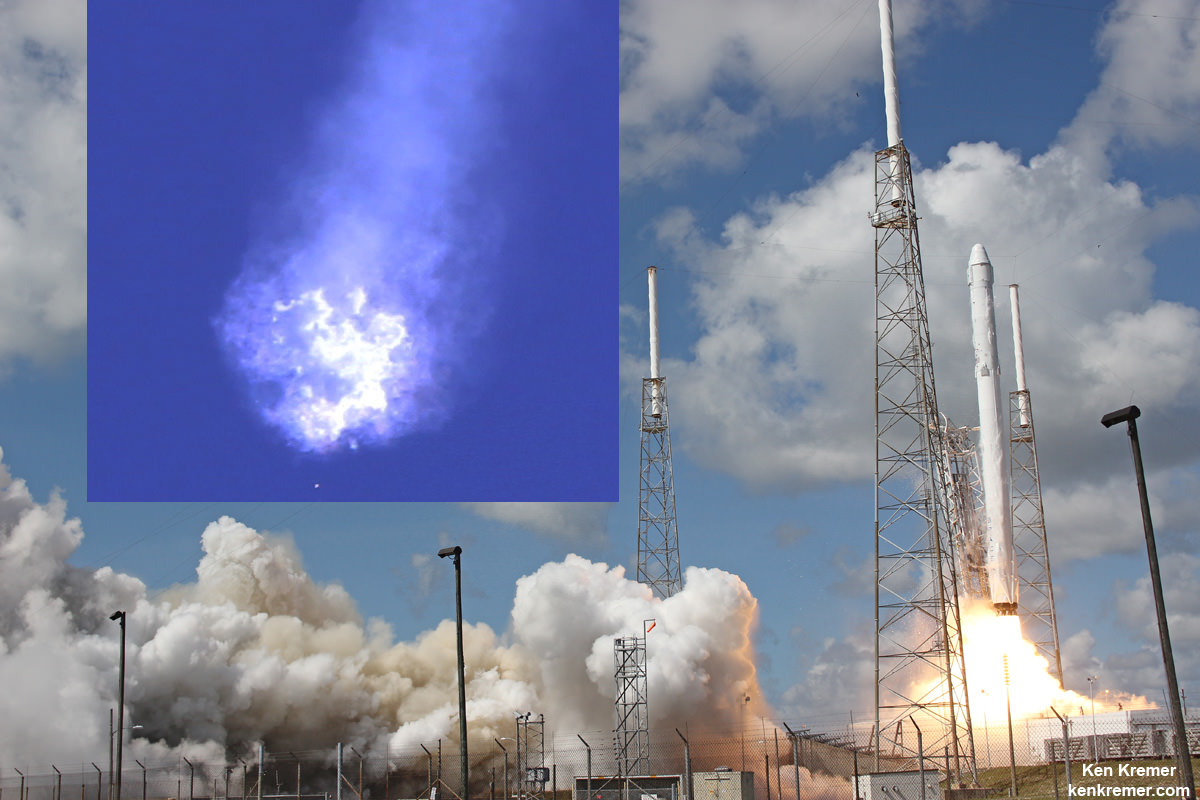
Virtually since the moment of the mishap approximately 139 seconds after the otherwise successful launch, SpaceX engineers have been pouring over the data to try and determine the root cause of the accident.
“Everyone that can engage in the investigation at SpaceX is very, very focused on that,”Musk elaborated. “We want to spend as much time as possible just reviewing the data.”
From the beginning Musk indicated that there was some type of over pressure event in the upper stage liquid oxygen tank and he elaborated a bit at the conference.
“At this point, the only thing that’s really clear was there was some kind of over-pressure event in the upper stage liquid oxygen tank, but the exact cause and sequence of events, there’s still no clear theory that fits with all the data.”
“So we have to determine if some of the data is a measurement error of some kind, or if there’s actually a theory that matches what appear to be conflicting data points.”
SpaceX is conducting an intense and thorough investigation with the active support of various government agencies including the FAA, NASA and the U.S. Air Force.
“The interaction with NASA has been great so far,” Musk said. “The biggest challenge is that there are a lot of inquiries coming in simultaneously, so it’s hard to keep responding to everyone right away.”
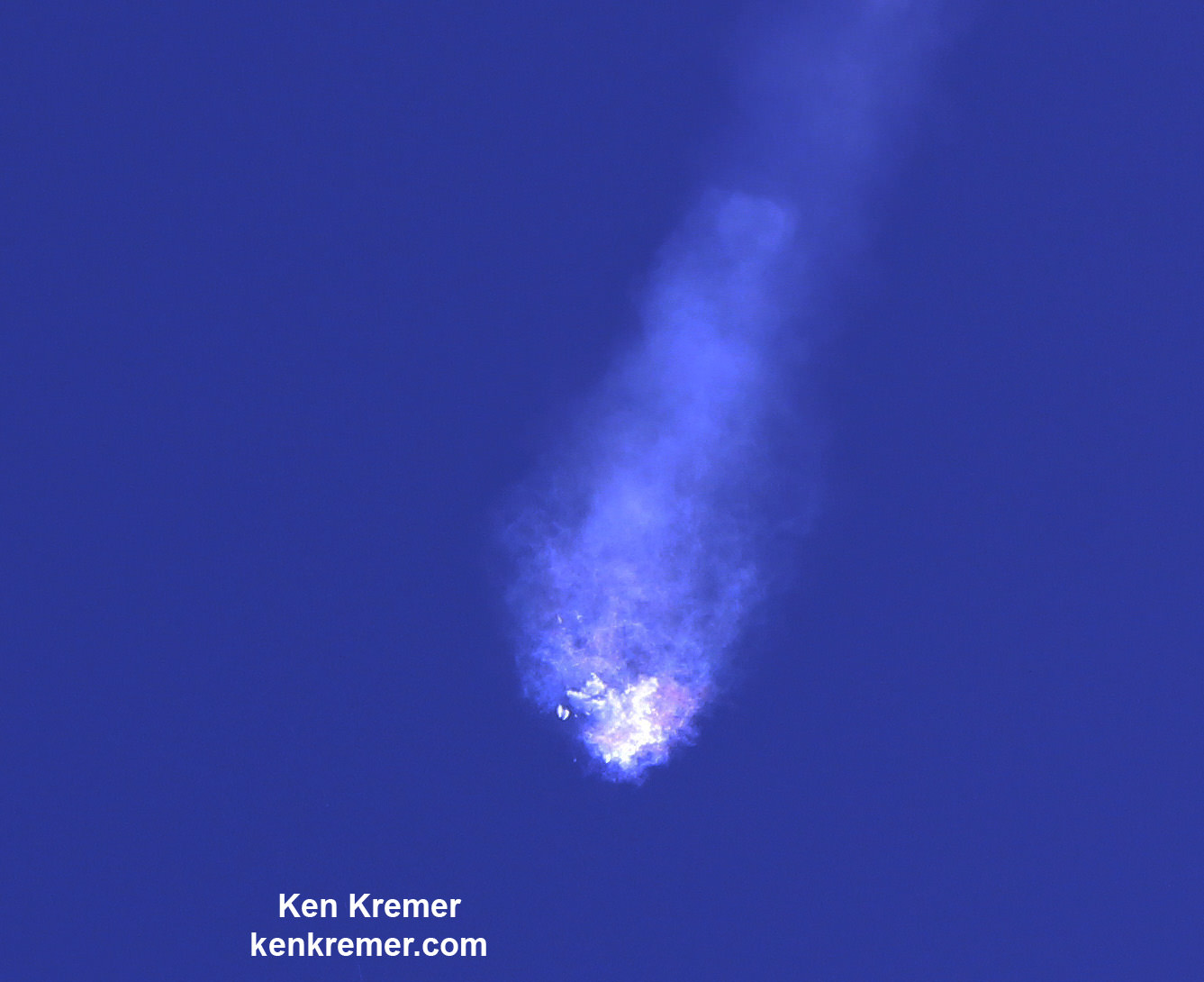
The accident investigation is in full swing both at the Cape and SpaceX headquarters in Hawthorne, Ca.
Hans Koenigsmann, SpaceX VP of Mission Assurance, is leading the accident investigation for SpaceX.
“The process for determining the root cause of Sunday’s mishap is complex, and there is no one theory yet that is consistent with the data,” SpaceX spokesman John Taylor told me earlier.
“Our engineering teams are heads down reviewing every available piece of flight data as we work through a thorough fault tree analysis in order to identify root cause.”
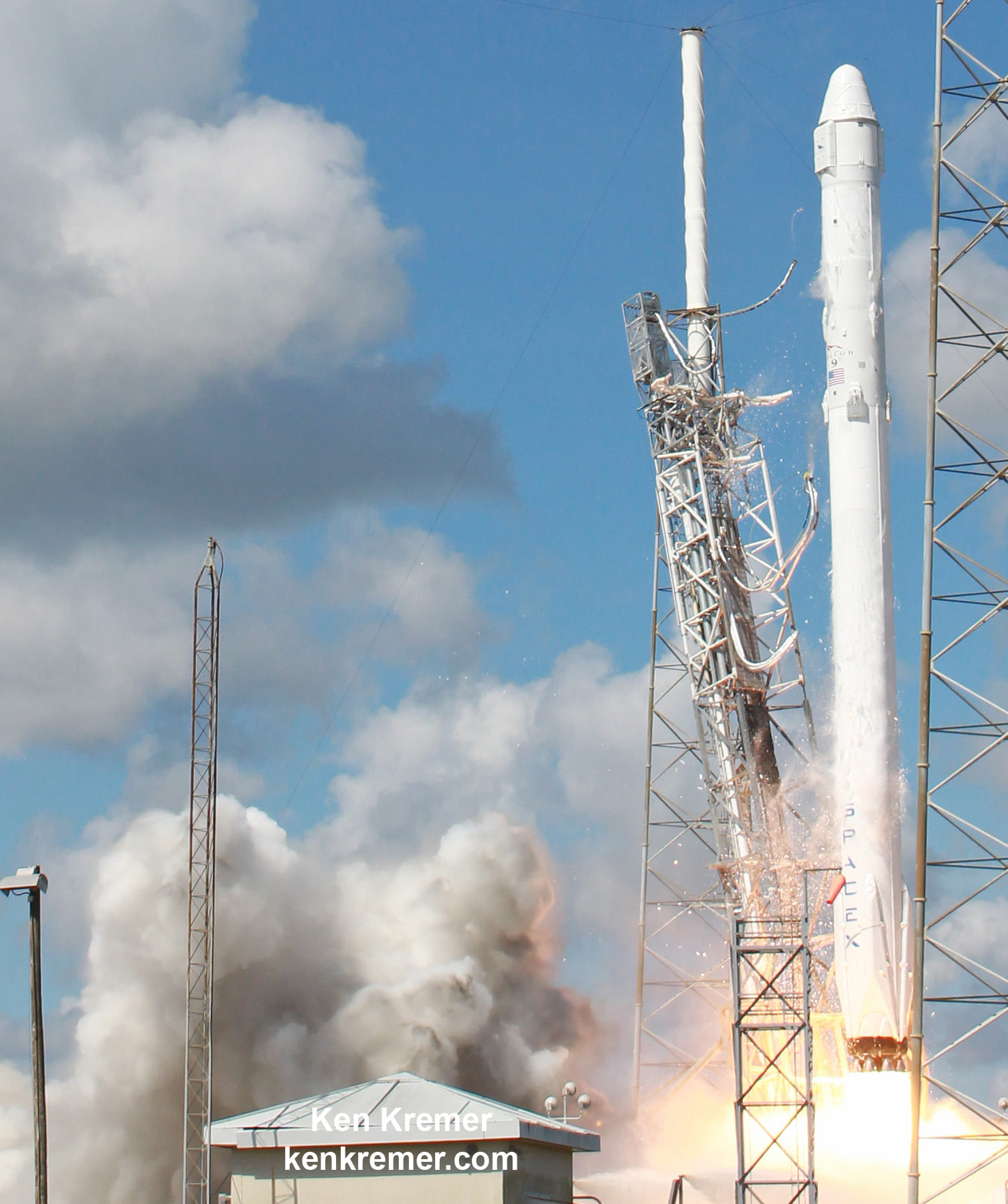
The June 28 launch was the 19th overall for the Falcon 9 booster and the first failure in an otherwise hugely successful program by the new space company founded by Musk and headquartered in Hawthorne, CA. Musk’s oft stated goals include radically slashing the cost of access to space to enable much wider participation in the space frontier by entrepreneurs and individuals and foster much greater exploration that will aid human missions to the Red Planet.
SpaceX may have more to say publicly later this week.
“I think we’ll be able to say something more definitive towards the end of the week,” Musk noted.
In the meantime all SpaceX launches are on hold for several months at least.
The SpaceX CRS-7 cargo launch failure was the second of two back to back cargo delivery launch failures run to the space station, including both American and Russian rockets since April, and the third in the past eight months that significantly crimped the stations stockpiles and abruptly impacted upcoming crew rotations and launches throughout the remainder of 2015.
Fortunately, the string of launch failures with the successful launch the Russian Progress 60 cargo freighter on July 3, five days after the SpaceX CRS-7 failure. Progress 60 docked at the ISS on July 5 with three tons of supplies, to the relief of the station partners worldwide.
Stay tuned here for Ken’s continuing Earth and planetary science and human spaceflight news.
